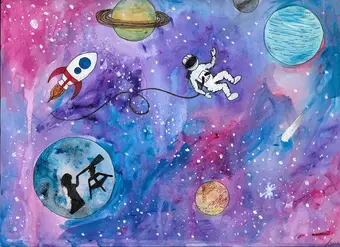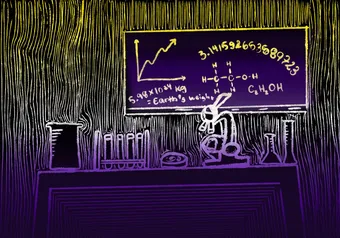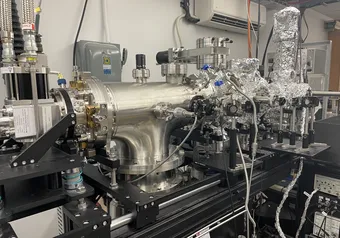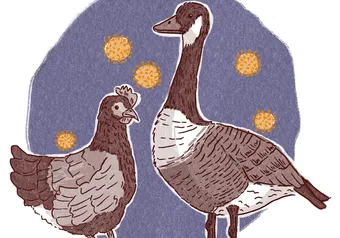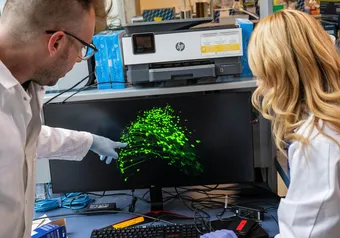Grab a disk and let’s play some ultimate! A protoplanetary disk, however, may not be the best choice to get your game on.
You would have to have superhuman traits to throw around these disks, which can weigh hundreds of times the Earth’s mass and have an actively forming star in the middle.
Protoplanetary disks are the nurseries in which planets are born. Studying their properties and evolution can even give insight into our own solar system’s origins.
The solar system is about 4.5 billion years old. That means that when astrophysicists want to study how the planets came to be, how they appear now may not relate directly to how they formed.
Fortunately, there are a LOT of stars in the galaxy — on the order of 100,000,000,000 but who’s counting? This means that you can find a planetary system at just about any stage of its evolution, in just about every direction you look.
This makes the job a lot easier for the scientists who study planet formation.
The process starts out with a large cloud of gas and dust called a nebula. These clouds can be 100’s of lightyears across and are scattered through the galaxy.
Gravity, however, is really strong. It can cause these clouds to collapse on themselves. And when they do, they heat up until a star emerges from the centre.
Due to a physical property known as the conservation of angular momentum, additional gas and dust collapse into a spinning disk around the star. This is a protoplanetary disk.
In this disk, there is the same abundance of gas and dust as in the nebula, but at much higher concentrations. There’s also this massive star in the middle that heats things up.
Swirling around in the disk, things start sticking together and forming larger chunks of material. The gas can condense into pebble sized rocks, causing them to build bigger and bigger rocks.
The gas in the disk can also accelerate this building process. Pressure variations throughout the gas can trap the dust, making gravity’s job easier.
This process continues for thousands of years and many trips around the star. Then the disk starts to clear out. The little pebbles and rocks have grown into large Earth and even Jupiter sized planets.
As the planets get larger, their gravitational pull gets stronger. This allows them to sweep up more and more materials.
Planets aren’t the only thing to make it through this journey though. Common leftovers from the planet formation process are asteroids and comets.
Large reservoirs of these leftovers are called debris disks. There are three of these in our own solar system: the asteroid belt between Mars and Jupiter, the Kuiper Belt where Pluto and its friends hang out and the Oort cloud that extends nearly halfway to the next closest star.
After the planets have scooped up the majority of the gas and dust in a protoplanetary disk, these debris disks can sometimes be the only way to study the planets in the system.
These disks will be stirred and sculpted by the gravitational influence of planets and can leave predictable signatures in the location and size distribution of the debris. Neptune in our solar system has carved out the inner edge of the Kuiper Belt.
When astrophysicists want to study planet formation, they turn to exoplanetary systems at different stages of disk evolution.
A given system will yield a brief “snapshot” of its current stage of evolution. By studying a large sample of protoplanetary disks — and not necessarily the planets themselves — they can learn more about how planets form and even test our own solar system’s origins.
Jacob White is PhD student in astrophysics studying planet formation and the radio emission of stars in the department of physics and astronomy.
First online
Share this article


